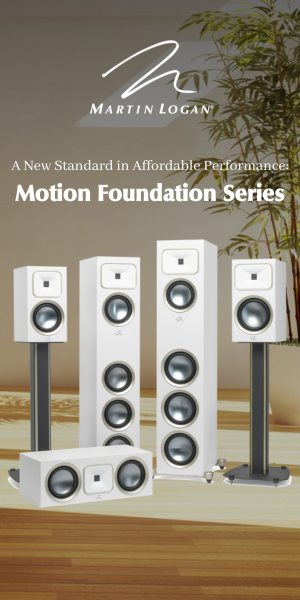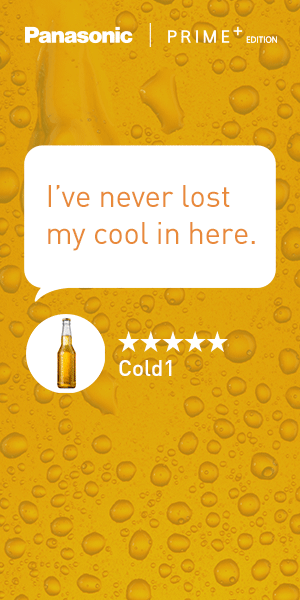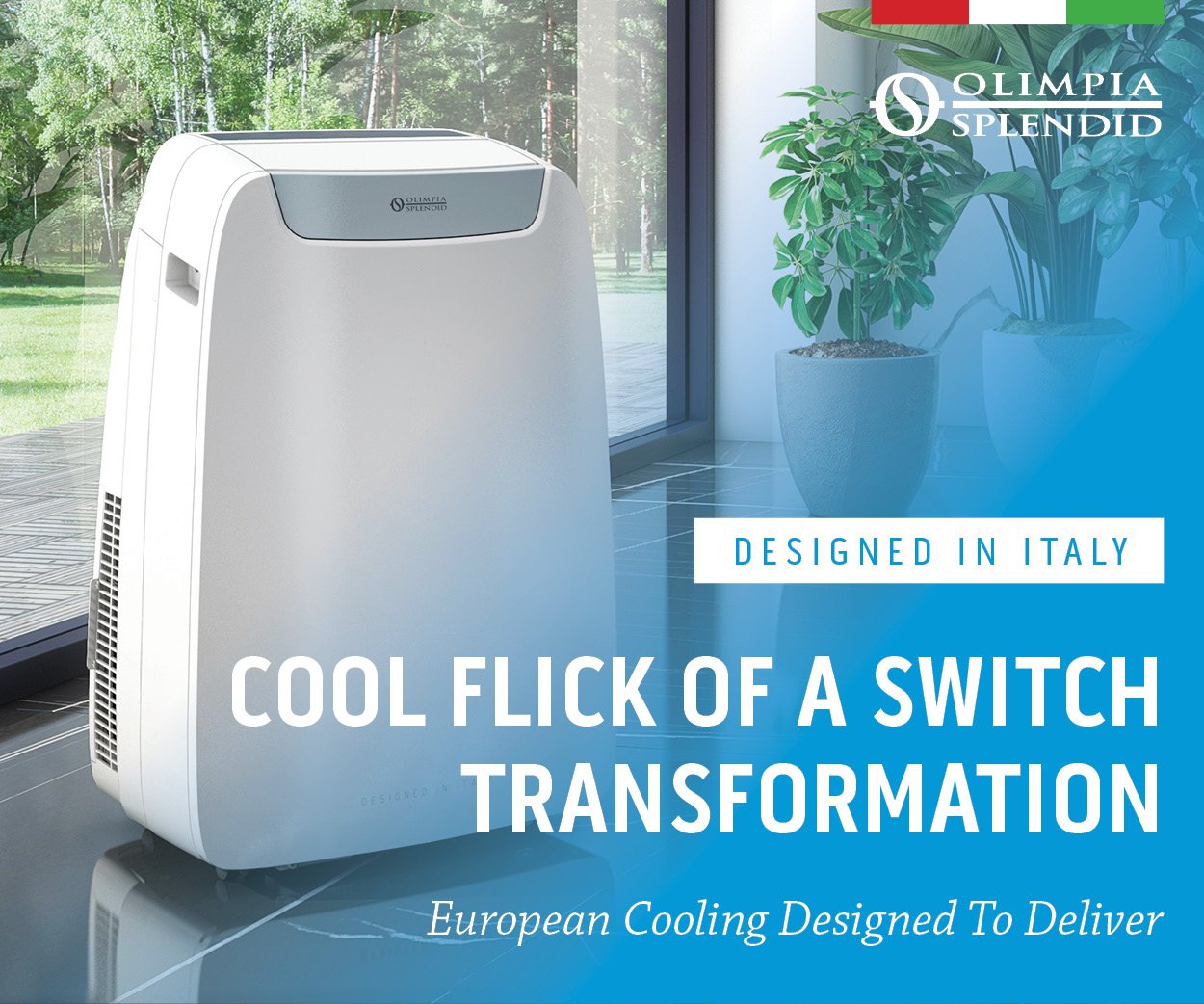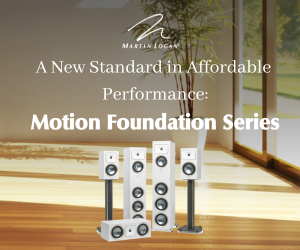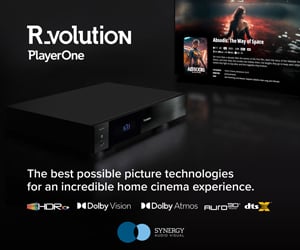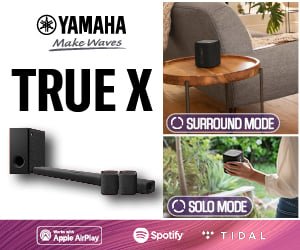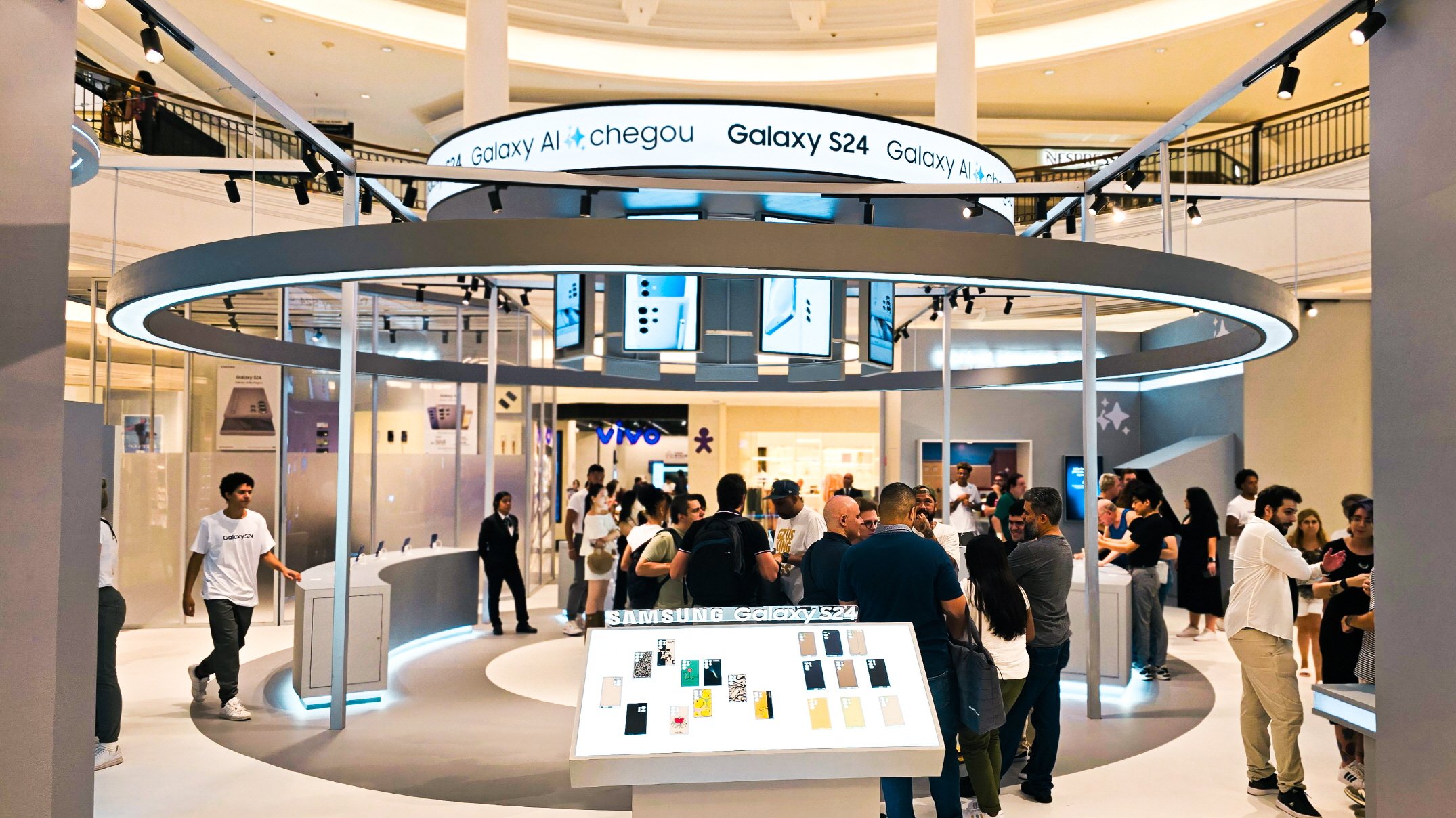LG Electronics today launched their flagship 415W LG NeON H+ module as part of their 2022 solar range for Australia, as well as the LG NeON H+ White 410W and the eye-friendly LG NeON H+ Black 410W models, all with an eye to a future where solar will be much more necessary as we embrace electric vehicles and the like.
The range features new wiring technology, gap-free design and LG half-cut cells, all of which combine to boost output, increase resistance to thermal stress and external impact, all while providing a sleek look.
It’s estimated that, through 25 years, a typical 10 kWp Neon H+ 410W installation can generate an extra 32,632 kWh in comparison to an installation using the same 10kWp conventional 370W panels.
“The introduction of the NeON H+ range provides the type of high-efficiency and high-quality solution which is increasingly sought after by Australian homeowners,” says Gus Paviani, General Manager Solar and Energy at LG Electronics.
“Backed by LG’s 25-year product and performance warranty, this module gives confidence about outstanding performance and durability, while reducing a home’s energy footprint.
“As more consumers adopt electric cars and add battery storage to their homes, the average solar system is likely to reach 15kWp in the coming years.”
To cater for this, these latest modules are designed to maximise roof space and cater for future needs.
With a temperature coefficient of -0.33 per cent per degree Celsius, N-type half-cut cells aren’t affected as much by high temperatures as other solar panels.
Plus, performance is enhanced by the gap-free design reducing the distance energy needs to travel. The design of the NeON H+ range means cells overlap by 0.5mm, so more cells can fit in the same amount of space, which also protects wiring.
Further cementing their commitment to solar, LG have also updated their NeON H BiFacial range, with three new models – 440W, 445W and 450W, which can absorb sunlight from front and rear by using a transparent back sheet.
This will provide up to 30 per cent higher energy production when installed under optimal conditions.



















